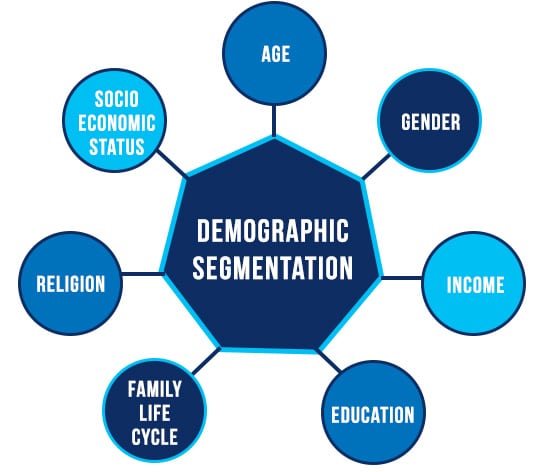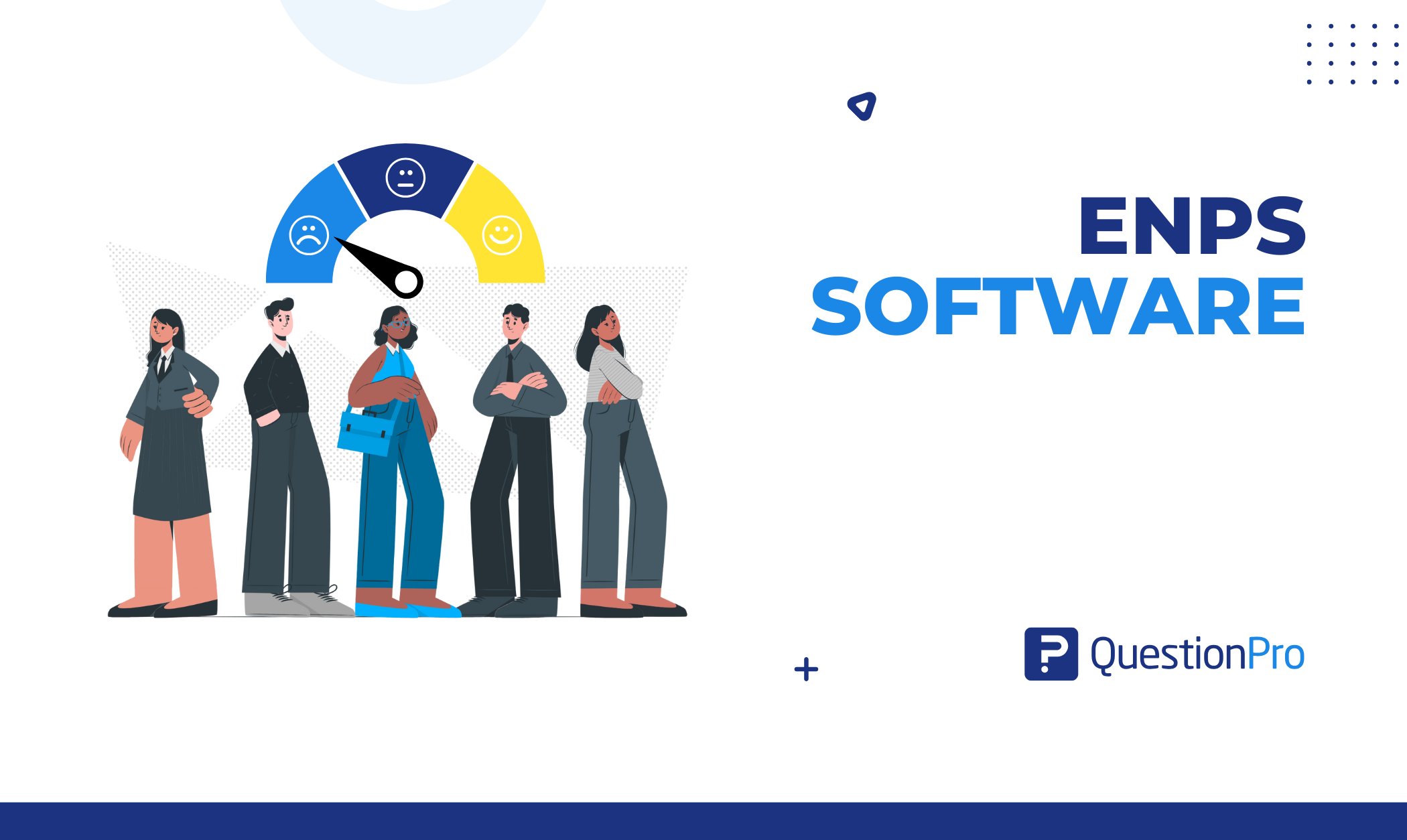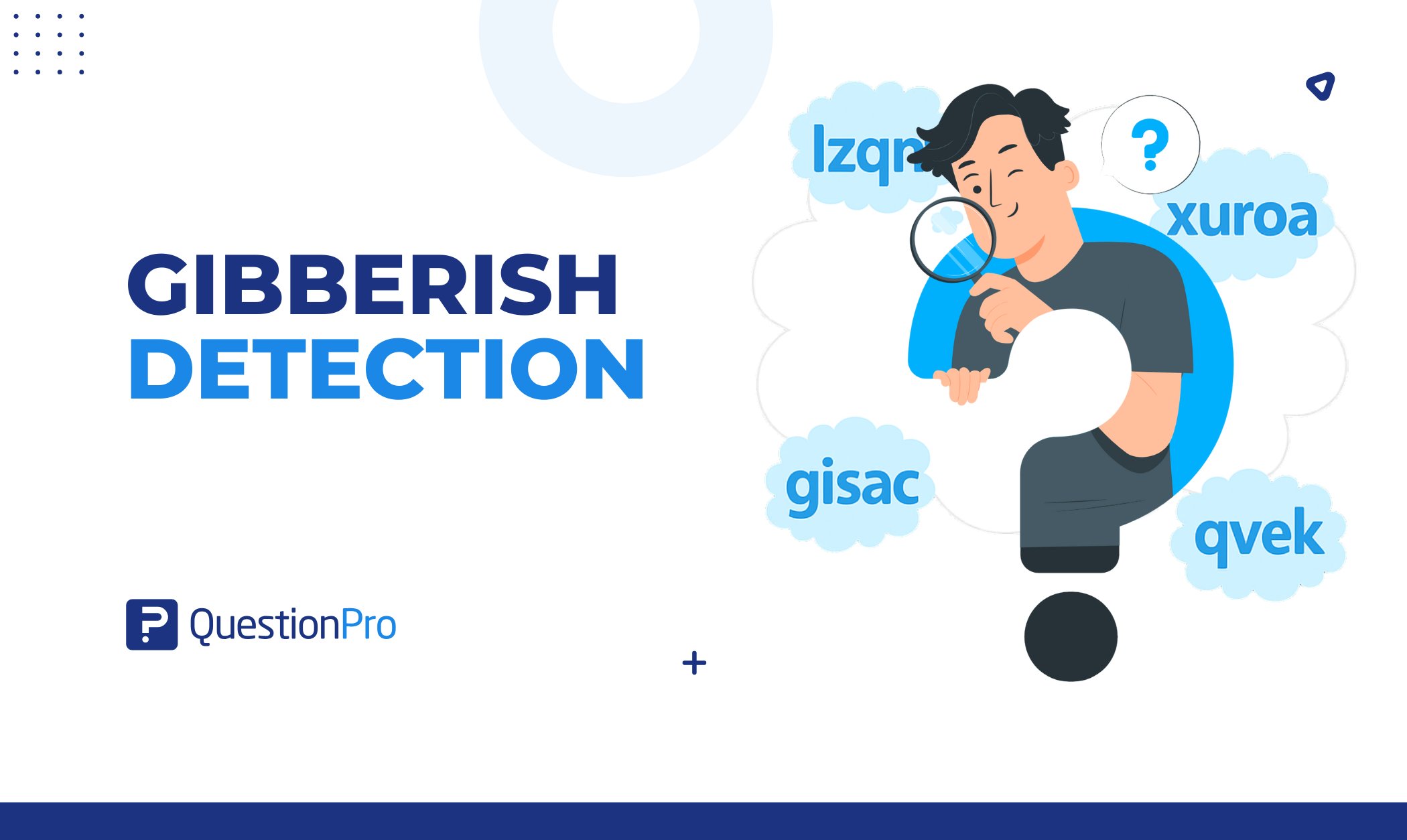
What is a demographic?
Demographics are statistical data that researchers use to study groups of humans. A demographic refers to distinct characteristics of a population. Researchers use demographic analysis to analyze whole societies or just groups of people. Some examples of demographics are age, sex, education, nationality, ethnicity, or religion, to name a few.
What are the various examples of demographic segmentation?
Demographic segmentation examples explain how researchers divide a market into smaller groups according to age, gender, family income, race and ethnicity, qualification, marital status, nature of employment, etc.
It is an extremely tedious task to accommodate customers belonging to different demographics and develop an exhaustive marketing plan. Demographic examples ease creating a strategy for a marketer. Thus, they are one of the most commonly implemented marketing segmentation methods compared to other techniques such as geographic segmentation, behavioral segmentation, or psychographic segmentation. As the details required for demographic examples are easily accessible, marketers have gained popularity to gather and analyze immense data in brief periods.

According to demographic diversity, dividing the target audience will help a marketer design an accurate marketing plan that will yield productive results. The products or services that interest a White, 13-year-old boy, might not interest a 40-year-old Asian woman.
Demographic examples:
- Age segmentation – Age is one of the most common demographic segmentation elements. Every age group has its peculiar characteristics and needs. Generally, teenagers might be more inclined towards the latest, good looking cars, but working professionals would require a vehicle that caters to his/her family and fits a particular budget. Every age group has a specific requirement, which will be extremely different from the other age groups’ needs. Babies require a constant supply of diapers, select clothing, formula, and other such products, while toddlers require educational toys, coloring books, products that stimulate their mental and physical growth. Middle-aged adults may invest a lot more in an expensive technological gadget than a teenager. An old-aged person would rather spend their money on buying health-related products. As seen in all these examples, every segment has specific requirements, and organizations can develop marketing strategies based on these requirements to obtain valid results.
- Family segmentation – There is a lot of variation in this segmentation type. A lot of families have one or multiple children. Some have single mothers or fathers; others have gay parents with one or more children; while some are child-free and straight. Child-free families will never purchase products related to children, such as baby lotion, toys, or diapers. A multinational organization that is into developing these products will conduct demographic examples based on the type of family. Single parents will be more inclined to save costs at various products that might not concern most child-free people.
- Gender segmentation – Gender is quite a primary category to conduct segmentation. Every gender has specific characteristics that are distinct and instrumental in decision-making. It is very natural for males, females, transgender people, to have different likes and dislikes. Men might not be as interested in makeup or fashion accessories in a manner that women will be. Gender defines people’s preferences. Females are usually into makeup products, and there are currently more females who show interest in the latest fashion products. Based on these characteristics, makeup, or fashion brands can create a marketing strategy that targets women to get better business results.
- Race and ethnicity segmentation – Race and ethnicity are sensitive categories. Promoting a product depends on that target race or ethnicity as it may be adapted differently by each of these races/ethnicities. People belonging to different races will have different food preferences, clothing habits, and many other attributes. Stereotypical segmentation may hurt sentiments, which may cause harm to a business.
- Family income segmentation – One of the most straightforward segmentation types is based on income. An individual or a family’s income would govern their ability to purchase different cost categories’ products/services. A person who can barely afford to provide food and shelter for his/her family would not afford an iPhone. Companies that offer luxury cars or watches must target customers who have a considerable amount of extra earnings. The most likely target audience of an organization that affordable mobile phones will be mid to low income customers.
Other demographic examples
Here are a few more demographic examples that researchers commonly use:
- Employment status: Business-owner, self-employed, unemployed, employed, retired.
- Living status: Home-owner, rented, lease.
- Education level: Graduate degree, undergrad, college degree, high school.
- Religion: Atheist, Muslim, Christian, Jew, Hindu, Buddhist
- Marital status: Single, married, separated, widow/ widower.
- The number of children: None, 1, 2, 3-5, more than 5.
- Political affiliation: Democrat, republic, independent.
- Nationality: American, Mexican, French, Indian, German
Advantages of demographic segmentation:
There are several advantages of dividing the target audience according to demographics.
- As the census is carried out regularly by the government, demographic data can be easily retrieved. An organization can easily divide data into required categories, creating an effective marketing strategy for each of these demographics.
- According to the demographic data requirement of an organization, age, gender, income, race, etc. can be adjusted and implemented.
- Factors such as family income, type of family, etc., give insights that will decide the consumers’ purchasing power. An organization can decide whether or not to target a particular group of consumers based on these classifications.
- Considering that a lot of effort goes into dividing a target audience into demographic segments, an organization modifies marketing strategies based on each segment’s requirements. There are high chances of increased customer satisfaction, loyalty, and increased retention rates due to this.
- In the longer run, demographic examples will help in reducing cost and time invested in developing and implementing a marketing strategy as all marketing efforts will be carefully calculated according to the various segments.
- This method is better at understanding a target market and creating policies that pertain to each of these markets.







